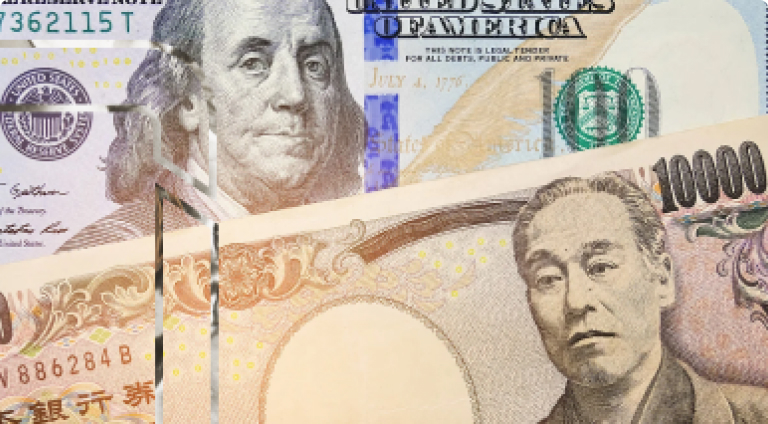Gold is one of the most valuable commodities in the world. It is a precious metal that has been valued throughout its history. Unlike paper money, gold is a physical commodity that is not at risk of default. Even though the fiat money system has completely replaced gold as the global currency, gold continues to retain intrinsic and economic value.
There are several factors that can affect the pricing of gold.
- Central bank monetary policy
Central banks have enormous pricing power in global gold markets. First, central banks are the holders of the country’s foreign exchange reserves in the form of physical gold. If banks suddenly increased or decreased their gold positions, even slightly, it would amplify the gold price.
Second, in times of economic uncertainty, such as financial crisis or political instability, central banks can intervene by adjusting monetary policy: changing interest rates, printing more money, or withdrawing money from the financial system.
By lowering interest rates or printing more money, inflation starts to rise, and the national currency becomes worthless. At that time, the price of gold rises because gold is used as a protective asset and insurance against rising inflation. When interest rates rise and the Central Bank reduces its balance sheet, it causes the national currency to rise and the price of gold to fall. This was the situation in 2022 when the world’s central banks began a cycle of rising rates and tightening monetary policy in the spring of 2022. As a result, gold prices began to fall and bottomed out in late 2022, when central banks began to reduce the pace of rate hikes.
- Market demand and supply
As with most assets in the open market, an excess demand for gold (usually for jewelry or certain medical, industrial, and technological products) causes the price of gold to rise (assuming constant supply). On the other hand, weakening demand often has the opposite effect on its value, lowering the price (assuming supply is constant).
It should also be noted about exchange-traded ETFs. Many large ETFs hold a significant amount of physical gold. The inflows and outflows of funds from such ETFs can affect the metal’s price, changing the physical supply and demand in the market.
- Global shocks and natural disasters (wars, earthquakes, tsunamis)
The price of gold tends to rise in times of turmoil as governments and investors turn to it as insurance against uncertainty. Conversely, gold prices tend to fall during stable periods as riskier but potentially more profitable investment destinations become more viable.
- Dependence on the US dollar
Since the US dollar remains the benchmark pricing mechanism for gold, gold prices are also inversely correlated with US government bond yields. Typically, if the dollar index rises, it causes government bonds to rise and gold prices to fall. Conversely, a fall in the dollar triggers a decline in government bond yields and contributes to an increase in gold prices. When the dollar begins to lose value, investors turn to gold as a safe haven alternative, and this contributes to the rise in its price. It should also be noted that when the US dollar value increases, gold becomes more expensive for other countries to buy.
Why do traders like to trade gold?
- Good liquidity and volatility of the asset.
- Investors like to buy gold as a safe haven in times of economic turmoil when it tends to retain its value.
- To benefit from a weak US dollar and hedge against inflation.
- To diversify portfolios.
The easiest way to gain access to the precious metal is to trade it on financial exchanges, invest in gold mining companies, or trade ETFs that track the price of gold.
Have a good trade



